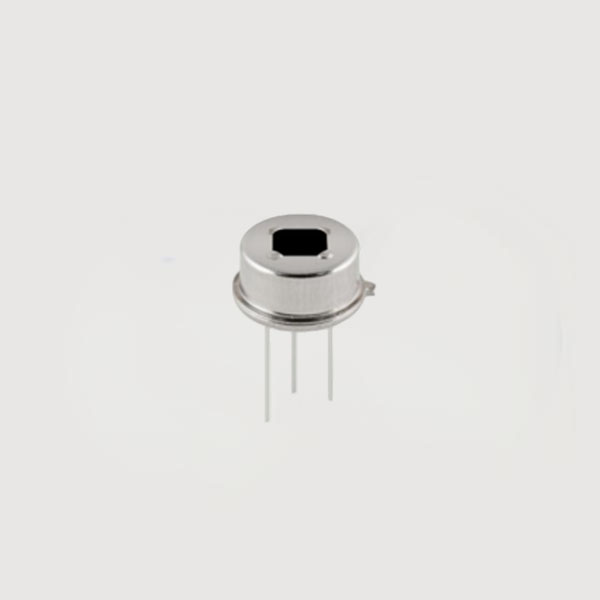

 News
News Industry News
Industry NewsPrinciple: Sense infrared radiation and capture human activity
A PIR (Passive Infrared) sensor is a non-contact device that detects the presence of humans. It operates based on the pyroelectric effect, detecting changes in infrared radiation in the environment, particularly those emitted by warm-blooded animals like the human body.
The sensor typically contains a pyroelectric element. When a person enters the sensor's monitoring range, the temperature difference between the body and the surrounding environment causes a change in the infrared radiation field, which in turn generates a weak electrical signal. This signal is then amplified and analyzed by a signal processor. If the change exceeds a preset threshold, human activity is detected, triggering appropriate control actions.

Features: Sensitive, Accurate, and Fast Response
High Sensitivity: Pyroelectric infrared sensors are highly sensitive to thermal radiation and can detect targets with very low temperature differences, enabling highly accurate human presence sensing and monitoring.
High Accuracy: Because pyroelectric infrared sensors sense infrared radiation emitted by targets and convert it into electrical signals for analysis and processing, they offer high accuracy. The sensors detect the presence of objects by measuring temperature changes, filtering out interfering signals and reducing false alarms.
Fast Response: Pyroelectric infrared sensors have a very fast response time, typically within a few milliseconds. Once a target passes, the sensor can immediately respond and trigger relevant applications or alarm systems.
Versatility: Pyroelectric infrared sensors can be customized and designed to meet diverse needs, enabling a variety of applications. For example, they can be used in indoor security monitoring systems, motion-sensing lighting control systems, and smart home devices.
Applications: From Home to City

HDA-243A Pyroelectric infrared sensor
Smart Home: PIR sensors are thriving in smart homes, enabling everything from automated lighting systems (turning on when someone approaches and off when they leave) to smart security alarms and even automated control of smart curtains and air conditioning, bringing users a convenient and energy-efficient living experience.
Smart Security: In commercial and residential security, PIR sensors are combined with surveillance cameras and alarm systems to form intelligent monitoring networks, effectively preventing intrusion and theft and enhancing safety.
Healthcare: In healthcare and elderly care, PIR sensors are also used for non-invasive patient activity monitoring, helping medical staff respond promptly to patients' needs while maintaining their safety.
Smart Cities: PIR sensors are used in smart lighting, crowd counting, public safety monitoring, and other areas, providing data support for efficient urban management and resource optimization, driving the development of smart cities.
In short, infrared human presence sensors, with their unique technical characteristics and broad application potential, are continuously expanding the boundaries of intelligent technology, becoming a bridge connecting people and objects and improving the quality of life. With the continuous development of technology and the deepening of innovative applications, infrared human presence sensors will demonstrate their indispensable value in more fields, leading the new trend in the intelligent era!